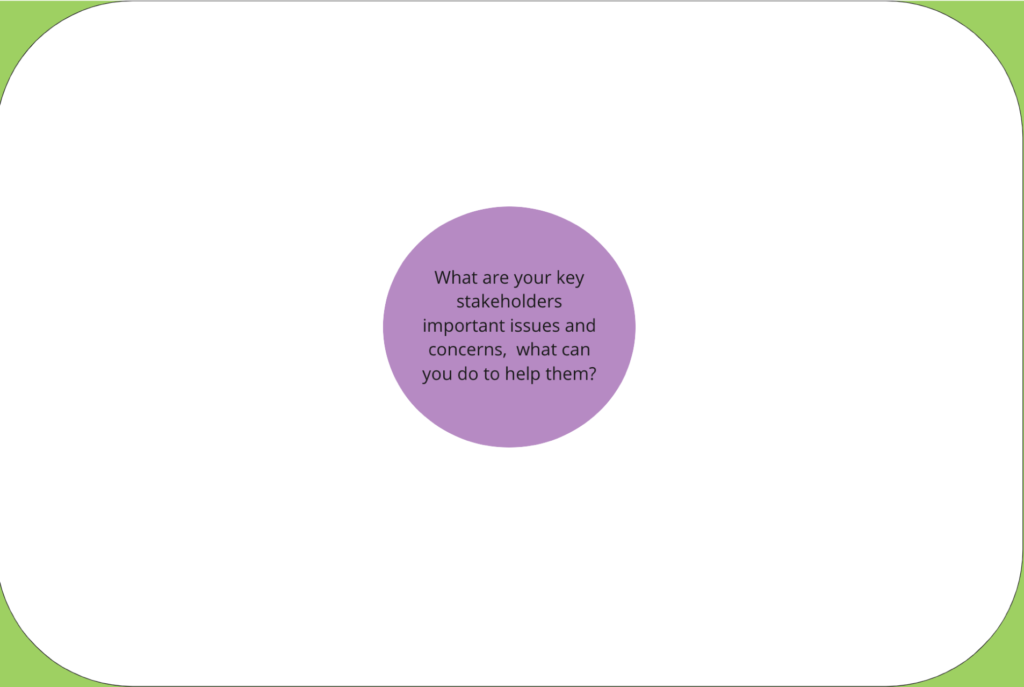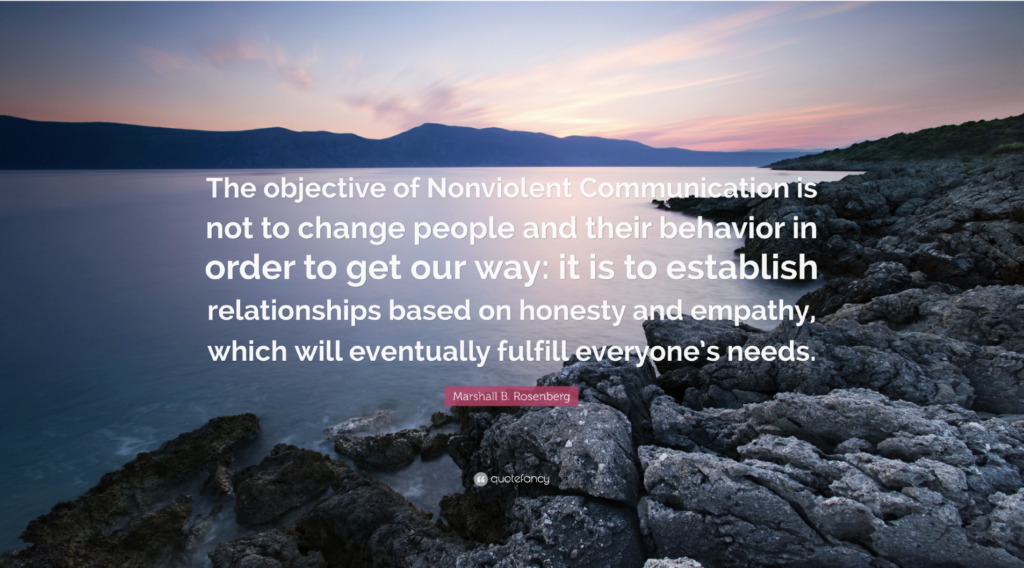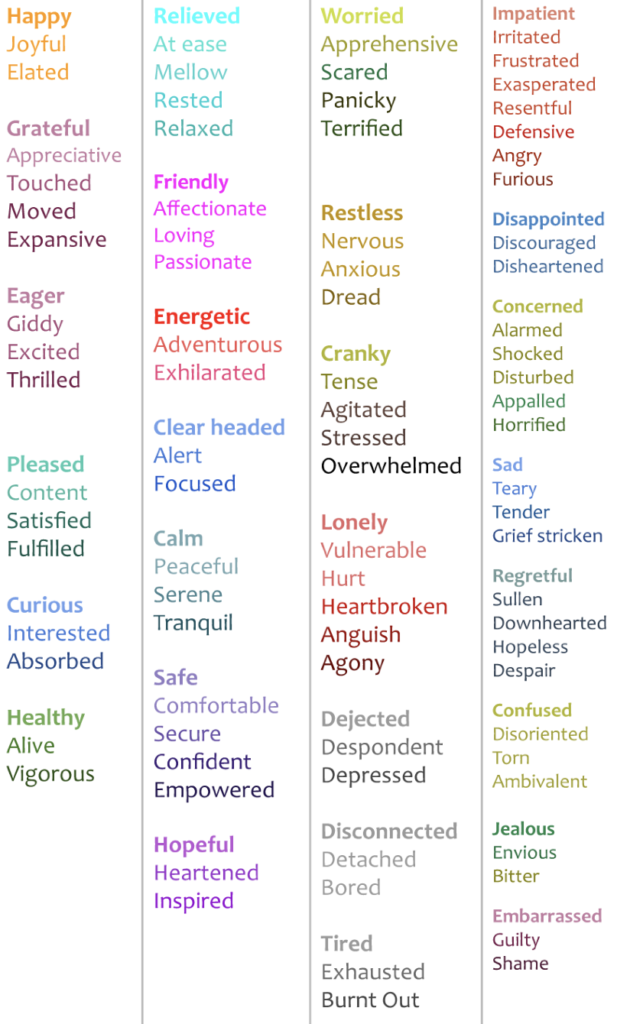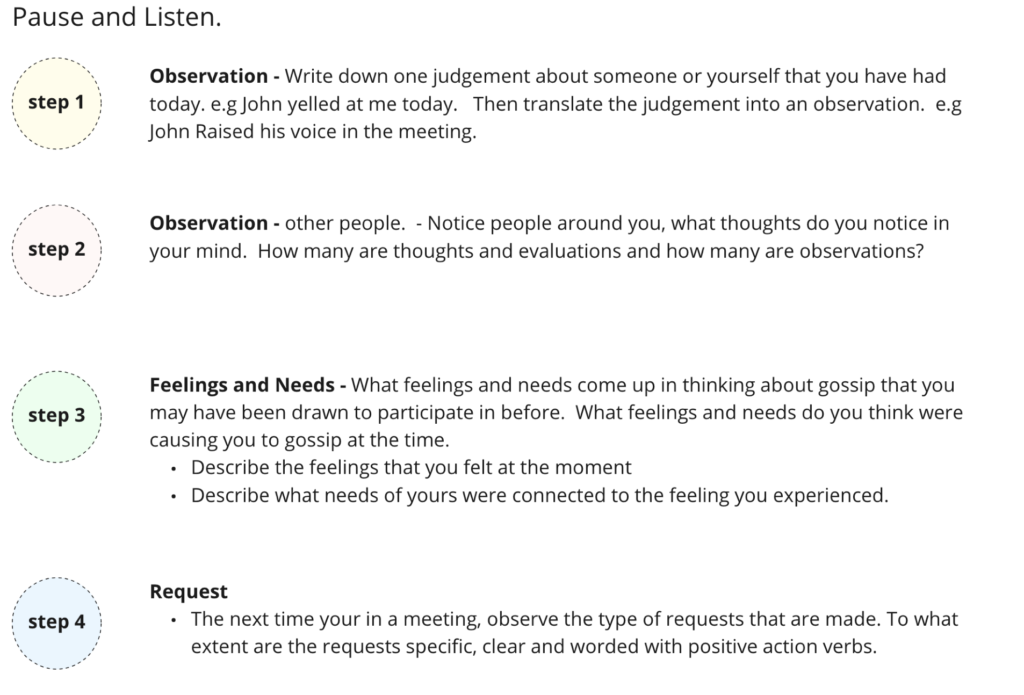The Power of the “Let Them” Strategy: from Mel Robbins
When it comes to planning and productivity, I love the “Let Them” approach. This strategy involves recognizing that there are certain things beyond your control and learning to let go of them. By focusing your energy and attention on the things you can control, you can effectively manage your time and resources. The “Let Them” strategy allows you to redirect your efforts towards actionable tasks and avoid getting overwhelmed by external factors. It empowers you to prioritize your energy on tasks that you can influence and make a difference in, ultimately leading to increased productivity and a sense of accomplishment.
The Circle of Control:
The concept of the Circle of Control is a valuable framework for teenagers with ADHD to understand and apply in their planning endeavors. The Circle of Control represents the idea that there are things within your control (such as your actions, thoughts, and reactions) and things outside of your control (such as other people’s behavior or unexpected events). By focusing your attention and efforts on the things within your circle of control, you can optimize your planning and productivity. Recognizing and accepting what is outside of your control helps you avoid wasting valuable time and energy on things you cannot change.
Shift your focus to the elements within your control, to make proactive choices and effectively plan your tasks and responsibilities.












